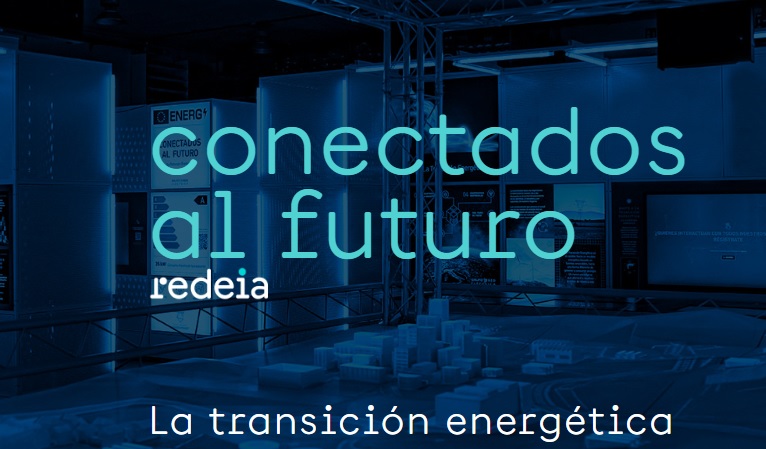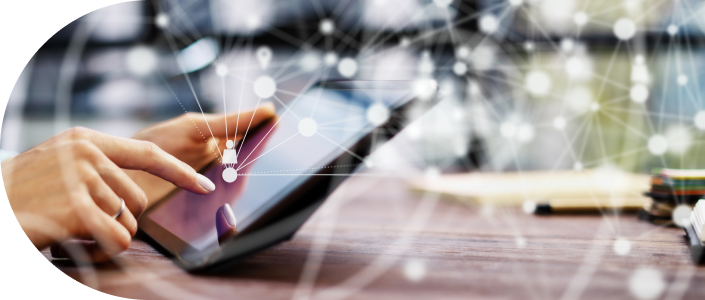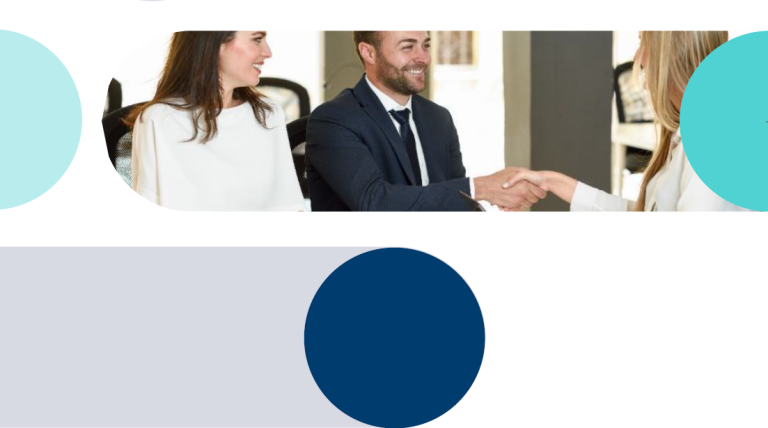We are a global operator of essential infrastructure
- The agreement signed by the company through its subsidiaries Hispasat and Red Eléctrica allows for the improvement and guarantee of connectivity in six districts in the municipality of Sigüenza, which lack a sufficient internet network.
- The agreement also contemplates a sustainable tourism project based on new technologies, involving the digitisation of the Río Dulce, with the deployment of a solution for counting visitors and parking spaces.
Redeia, the Sigüenza City Council and the Junta de Comunidades de Castilla-La Mancha have signed a collaboration agreement to promote the digitisation of six districts of Sigüenza that have a poor internet network, this lack of connectivity being one of the main problems for the settlement of the population.
The agreement, signed by the company through its subsidiaries Hispasat and Red Eléctrica, contemplates an investment of over 170,000 euros by the latter, earmarked for the deployment of eight public Wi-Fi hotspots, a high-speed residential internet connection solution and the digitisation of the Barranco Natural del Río Dulce Park route to ensure sustainable tourism.
Hispasat will also collaborate by analysing the needs of the City Council in terms of connectivity and digitisation, as well as designing and defining the most appropriate solutions to meet these needs. It will also monitor the project to ensure its correct execution.
The ceremony for the signing of the agreement, held at the Río Dulce Natural Park Interpretation Centre in Pelegrina, was attended by the Vice-President of the Regional Government of Castile-La Mancha, José Luis Martínez Guijarro, the President of Hispasat, Jordi Hereu, the CEO of the satellite company, Miguel Ángel Panduro, the Corporate Director of External Relations, Communication and Territory of Redeia, Miryam Aguilar, and the Mayoress of Sigüenza, María Jesús Merino, among other authorities.
The Vice-President of Castile-La Mancha, José Luis Martínez Guijarro, stressed the importance of digitisation in the effort to combat depopulation and increase access to services: "We cannot tell people that it is attractive to live or invest in villages if these villages do not have internet connection", highlighting the value of the agreement and the role of the satellite in this regard. He also recalled that Castile-La Mancha is one of the leading Autonomous Communities in terms of fibre optic coverage, which stands at 96%: "Today we have already reached 1,267 municipalities, including towns and villages, in the region with fibre optic availability".
Jordi Hereu, President of Hispasat, stated that "the satellite is the ideal tool to reduce the digital divide in an agile and efficient way and at Hispasat we are responsible for bringing high-speed Internet to rural areas where other technologies cannot reach. We believe in boosting rural Spain thanks to connectivity and the solutions we are announcing today with the Sigüenza City Council are a good example of this".
The Corporate Director of External Relations, Communication and Territory of Redeia, Miryam Aguilar, stressed the need for connectivity to reach all territories: "The challenge lies in guaranteeing the same effective digital rights, so that everyone can take advantage of the opportunities it offers, regardless of their place of residence or their resources", and has highlighted the commitment of Redeia to achieve this goal: "At Redeia we are fully committed to the fight against the digital divide by promoting universal connectivity, as reflected in our Strategic Plan and Sustainability Plan of the company".
The mayoress of Sigüenza, María Jesús Merino, emphasised the importance of the agreement, stating that "connectivity must be a right for all citizens regardless of their place of residence", and stressed that "it is not only a question of guaranteeing the same opportunities for economic development, but also of guaranteeing access to leisure or information for the inhabitants of rural areas". In addition, she pointed out that the agreement on the digitisation of the Barranco del Río Dulce Natural Park, which will make it possible to monitor its visitors, is of great importance for ensuring sustainable tourism.
The agreement will significantly improve connectivity in the municipalities of La Cabrera, Pelegrina, Omedillas, Torre de Valdeamendras, Cubillas de Pinar and Moratilla de Henares, through an action plan consisting of three specific projects.
On the one hand, with the installation of eight public Wifi connection hotspots, to which all residents of these districts will have free access. The WiFi zones may be installed in the town square, the school, the library or any other public venue. This is an optimal solution for serving a large number of users at a reduced cost, facilitating access to the internet for the population and improving their digital skills.
On the other hand, and in line with the objectives of Redeia to roll out internet access as a tool against the digital divide, the agreement includes a solution to provide residential internet access to up to 20 homes without connection. To this end, Hispasat has proposed a satellite-based solution that makes it possible to offer broadband capacity in a simple and efficient way. Global coverage provided with a quick and simple deployment, which only requires the installation of a satellite kit in the homes of its beneficiaries.
Finally, the aim is to protect the heritage around the Río Dulce Natural Ravine Park through digital solutions that ensure its sustainability. To this end, a satellite digitalisation solution will be deployed to quantify the influx of people on the river path and the available parking spaces, avoiding overcrowding and reducing the impact of tourism on the environment.












